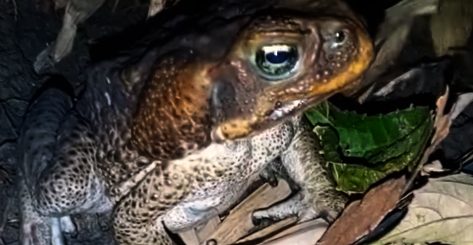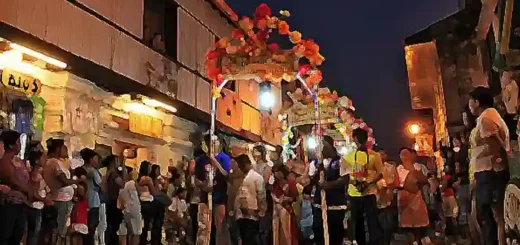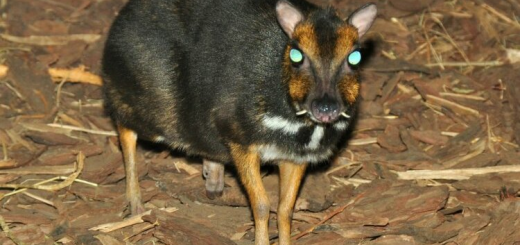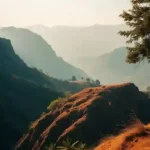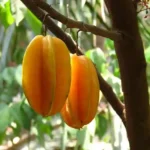Negros bleeding-heart Dove – A Unique Beauty
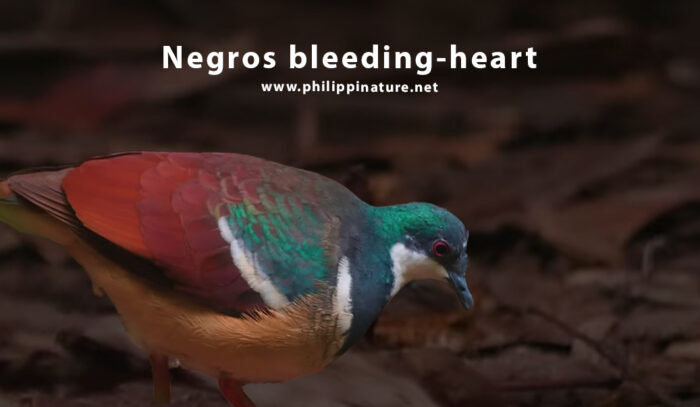
The Negros Bleeding-heart Dove (Gallicolumba keayi). Known for its striking appearance and rare status, this bird is not only a symbol of natural beauty but also a reminder of the urgent need for conservation efforts in the Philippines. As one of the country’s most endangered species, the Negros Bleeding-heart Dove captures the attention of birdwatchers and conservationists alike, but its survival is far from certain.
A Unique Beauty
The Negros Bleeding-heart Dove gets its name from the patch of crimson feathers that adorn its chest, resembling a drop of blood. This distinctive feature stands out against its vibrant greenish-blue on the head and sides to the chest, scaled on the upper back, with brownish flight feathers. White underparts narrow from the throat down the chest to the belly. The dove’s eyes are small and bright, and it has a slight crest on top of its head, further enhancing its unique beauty.
Its soft, mellow cooing calls can be heard echoing through the forests it inhabits. However, due to its elusive nature, the dove is more often heard than seen. Its quiet demeanor and tendency to stay hidden in dense forest understory make it difficult to spot, adding an air of mystery to its already fascinating appearance.
Habitat and Distribution
The Negros Bleeding-heart Dove is native to the island of Negros and Panay in the Philippines. While it was once thought to be more widespread, studies show that its range is now severely limited to only a few scattered locations on the island. This bird is primarily found in lowland tropical forests, where it inhabits the dense undergrowth of the forest floor.
The bird’s habitat is critically threatened by deforestation, which is pushing the Negros Bleeding-heart Dove to the brink of extinction. Much of the forest in Negros has been cleared for agricultural development, particularly for sugarcane plantations. This loss of forest cover has made it increasingly difficult for the dove to find the food and shelter it needs to survive.
Behavior and Diet
The Negros Bleeding-heart Dove is a ground-dwelling bird, often foraging on the forest floor in search of food. Its diet consists mainly of seeds, fruits, and invertebrates, which it picks up from the soil. Unlike other pigeons or doves that are more social, this species is quite solitary. It is generally seen alone or in pairs, and it spends much of its time hidden in the underbrush, away from predators.
During the breeding season, the Negros Bleeding-heart Dove constructs a small nest on the ground, typically made of twigs and leaves. Its nesting sites are well camouflaged, helping protect the eggs and chicks from potential threats. However, the bird’s tendency to nest on the forest floor also makes it highly vulnerable to predation, especially as its forest habitat shrinks.
Conservation Status: A Cry for Help
The Negros Bleeding-heart Dove is classified as Critically Endangered by the International Union for Conservation of Nature (IUCN). The main threat to its survival is habitat destruction, driven by illegal logging, land conversion for agriculture, and human settlement expansion. The remaining forests on Negros Island are rapidly disappearing, and with them, the chances of survival for this beautiful dove.
Efforts to protect the species have been underway, but progress has been slow. Conservationists are working to establish protected areas where the dove can safely inhabit and breed. The Philippine government and local organizations are also working to raise awareness about the importance of preserving the island’s remaining forests and the species that rely on them.
There have been attempts to locate and monitor the remaining populations of the Negros Bleeding-heart Dove, and researchers have used camera traps and field surveys to gain a better understanding of its behavior, distribution, and numbers. However, much work remains to be done. As of now, only a handful of individuals remain in the wild, and their exact numbers are difficult to track.
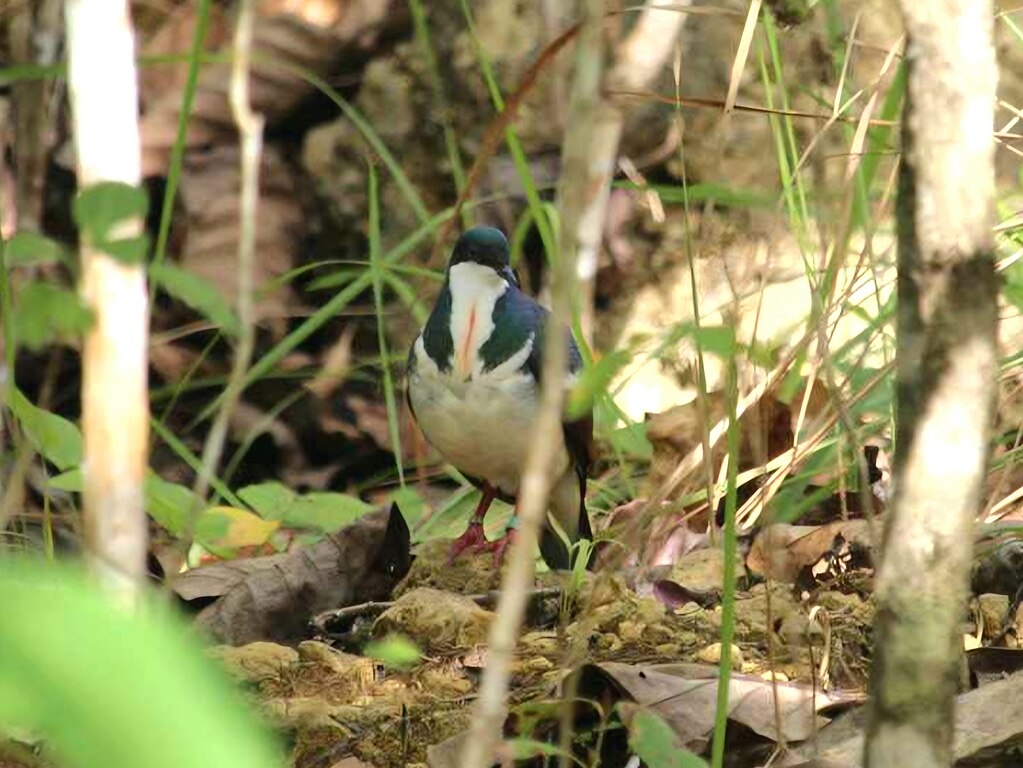
© Creative Commons | Author: Dylan Mckenzie
Importance of the Negros Bleeding-heart Dove
Beyond its beauty, the Negros Bleeding-heart Dove plays a vital role in the ecosystems it inhabits. As a seed disperser, it helps maintain the health and regeneration of the forest, ensuring that new plant life can grow and thrive. The dove is a small but crucial cog in the larger wheel of biodiversity.
Moreover, this bird serves as a flagship species for conservation efforts in the Philippines. The fate of the Negros Bleeding-heart Dove is closely tied to the fate of the island’s rainforests. By protecting this rare bird, we are also preserving the habitats of countless other species, many of which are also at risk.
What You Can Do
While the Negros Bleeding-heart Dove is a symbol of the challenges facing Philippine wildlife, there is still hope. Conservation efforts in the region need the support of both the local population and the international community. Here’s how you can help:
Support conservation organizations – Contributing to groups that focus on habitat restoration and wildlife protection in the Philippines can make a tangible difference.
Raise awareness – Sharing the story of the Negros Bleeding-heart Dove with others can help generate support for its protection.
Choose sustainable products – Buying products from sustainable sources helps reduce the demand for harmful practices like deforestation.
The Negros Bleeding-heart Dove is a rare and beautiful bird that deserves our attention. Its striking appearance and symbolic meaning make it a truly remarkable species, but its future is uncertain. As one of the most endangered birds in the Philippines, the dove represents both the fragility of the natural world and the importance of protecting our planet’s biodiversity. If we act now to preserve the forests of Negros Island, we can ensure that this magnificent bird has a place to call home for generations to come.
References:
https://en.wikipedia.org/wiki/Negros_bleeding-heart_pigeon

